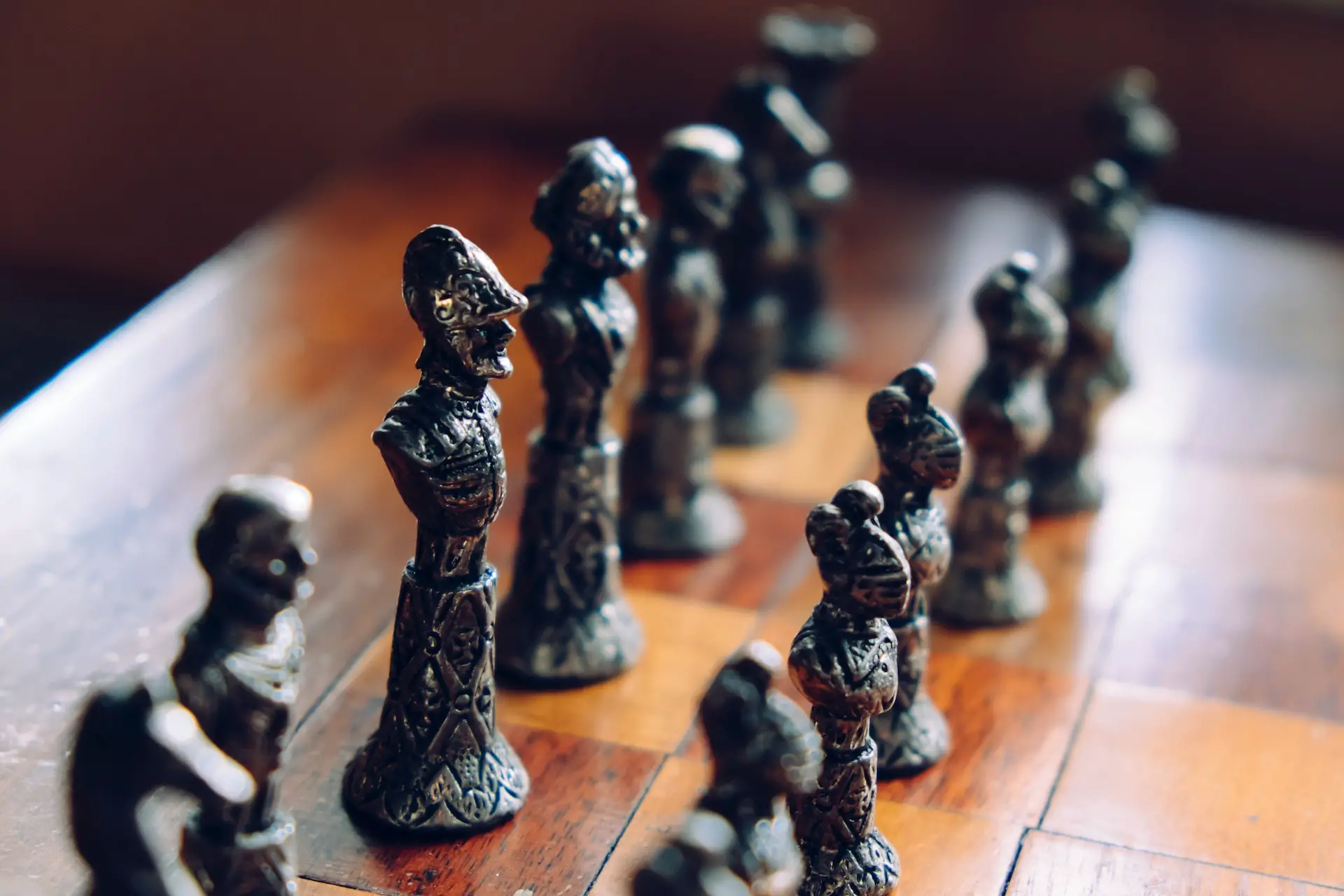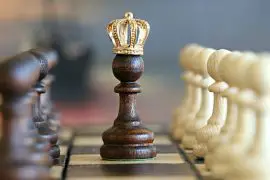What Can a Pawn do in Chess?
What Can a Pawn do in Chess? It would not seem like a pawn can do a lot. A pawn seems like a small, insignificant chess piece that has little value. Pawns are worth only one point in chess.
A pawn in chess can move forward but cannot move backward. A pawn can capture other pawns of the opposition and can move sideways to capture pawns too. Pawns can only move one square at a time, and they can never capture by moving straight.
A pawn is able to put a King in check, but it cannot capture a King. Pawns can capture anything else, from the Queen to the bishop, knights and rooks.
But don’t underestimate the power of a pawn. Firstly, pawns are the crucial backbone of your army. They form the barrier that guards the King against a check. If you lose out on most of your pawns, your King is exposed.

Pawns are just like foot soldiers in an army during the war. The foot soldiers are sent to the forefront and take most of the brunt in battle. They serve as a protection for the King, Queen and other people of more importance. And when a simple soldier proves to be chivalrous enough to survive the war, they are recognized and promoted.
Secondly, pawns are promoted to a higher-ranking chess piece once they reach the other end of the board of the opposing side. You can choose what piece to promote your pawn to. There are two types of pawn promotion; Queening and Under Promotion.
Queening is when you choose to replace your pawn with a Queen, which is normally a good decision considering that the Queen is the most powerful piece in chess. But sometimes chess players may choose to choose a chess piece that has fewer abilities, like a knight or rook. This is called Under Promotion.
Most often, professional chess players choose Under Promotion if the strategy they have in mind is possible with pieces other than a Queen. Or they may choose under Promotion to show that they are able and far ahead in the game.
A pawn’s movements are very limited. They can move sideways only if they are to capture a piece. Pawns can move diagonally forward to a neighboring square. Pawns can be blocked because of the way they move.

At the opening of the game, a pawn can take two steps forward. In most chess openings, pawns are moved toward the center.
A pawn in chess can also capture en passant (taking on the way past). A pawn can take a double step from its starting position and land directly beside the opposing pawn. Then on the next move, the opposing pawn can simply capture the pawn beside it. This is the en passant rule of capturing a pawn.
Please watch this for an example of en passant moves in chess.

What Can a Pawn do in Chess: Conclusion
The pawn is a chess piece of the least value and has very limited ability in terms of movement. But they are very important in protecting the King. A pawn in chess can move only one step at a time diagonally. They can move sideways only to capture a piece. In addition, pawns are promoted to a more powerful chess pieces when they reach the other end of the chessboard.
Also read:
- What does the Knight represent in chess?
- Can you have two Queens in chess at the same time?
- Can the King Capture his attacker?
*All pics are taken from Unsplash.com





